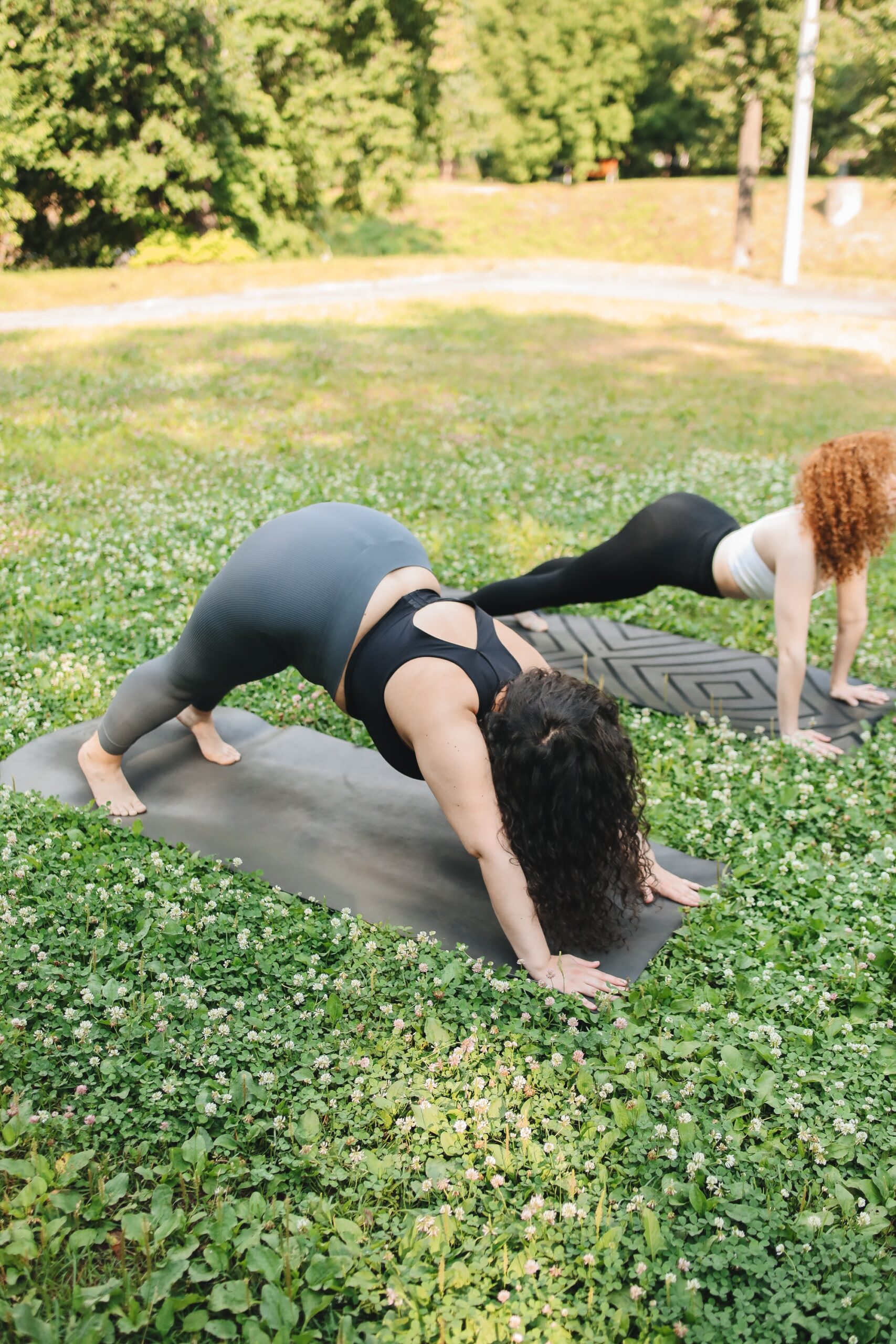Bend, Don’t Break: Enhancing Your Flexibility with Yoga Poses and Techniques
Yoga is a practice that can improve flexibility, but not everyone starts from the same point. People have different body types, which determine their natural range of motion. Some people are naturally more flexible, while others are more rigid. However, this does not mean that those with less flexibility cannot improve their range of motion. In this post, we’ll discuss how yoga can improve flexibility and how your body type can affect your practice.

Yoga & Flexibility
Yoga is an ideal practice to improve flexibility since it involves stretching and lengthening muscles in a controlled and safe way. Unlike static stretching, which can be harmful when done incorrectly, yoga poses move the body through a range of motion while engaging muscles. This type of stretching not only increases flexibility but also strengthens the muscles, making them more resistant to injury.
Body Types & Flexibility
Everyone’s body is different, and each body type has unique strengths and challenges when it comes to flexibility. Ectomorphs tend to have a lean and long build, making them naturally more flexible. Mesomorphs have a muscular and athletic build, making them well-suited for strength-based activities but potentially less flexible. Endomorphs tend to have a broader build with a higher percentage of body fat, making them potentially less flexible as well. However, practicing yoga regularly can help improve flexibility for all body types.
Yoga Poses and Techniques
Here are some specific yoga poses and techniques that can help improve flexibility:
- Downward-Facing Dog (Adho Mukha Svanasana) – Stretches the hamstrings, calves, and spine.
- Triangle Pose (Trikonasana) – Stretches the hamstrings, hips, and spine.
- Pigeon Pose (Eka Pada Rajakapotasana) – Stretches the hips, glutes, and lower back.
- Seated Forward Bend (Paschimottanasana) – Stretches the hamstrings, lower back, and hips.
- Cobra Pose (Bhujangasana) – Stretches the chest, shoulders, and spine.
It’s important to remember that everyone’s body is different, and it’s okay if certain poses feel more challenging or less accessible. It’s always best to listen to your body and modify the pose as needed to prevent injury.
In conclusion, practicing yoga regularly can help improve flexibility for all body types. By incorporating specific poses and techniques into your practice, you can increase your range of motion, improve posture, and reduce the risk of injury.
At YogaNow, we offer a range of yoga guides that can help you improve your flexibility and deepen your practice. Our guides are designed to cater to different skill levels and body types, ensuring that there is something for everyone. Start your journey to improve flexibility and overall well-being with YogaNow.
